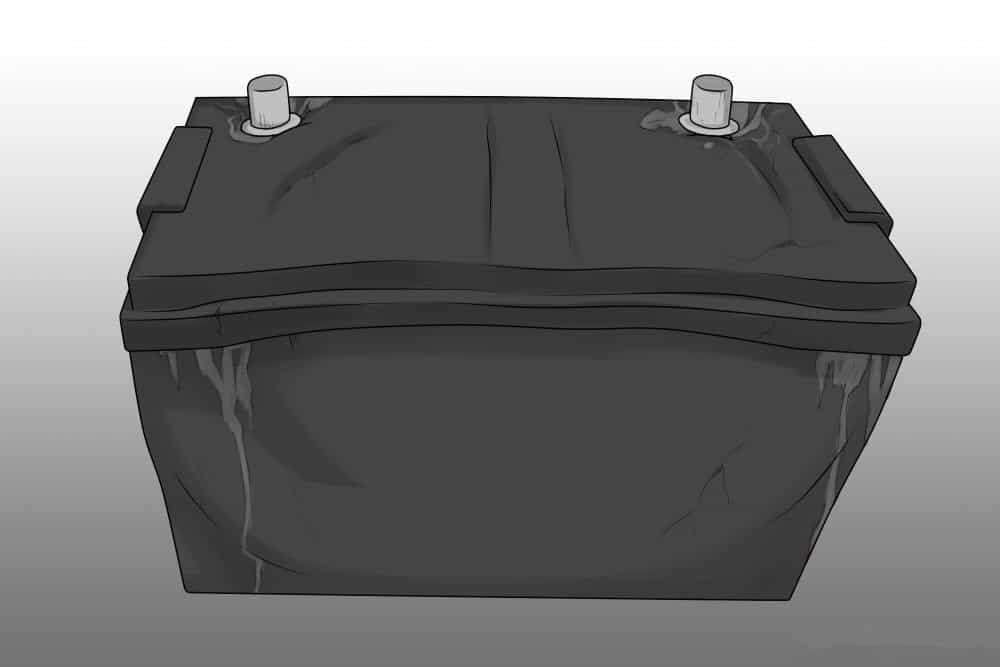GEL batteries are widely used for energy storage because of their maintenance-free nature, long lifespan, and ability to perform well in harsh conditions. However, under certain conditions, GEL batteries can experience swelling, which can significantly impact their performance and safety.
Key Causes of Swelling in GEL Batteries
- Overcharging
Overcharging is the primary reason for GEL battery swelling. When a battery is charged beyond its designed voltage, excess energy generates heat and causes gas formation. Although GEL batteries are equipped with a recombination mechanism for oxygen and hydrogen, excessive gas buildup leads to pressure inside the battery case, resulting in swelling. - Poor Ventilation and Heat Management
If a GEL battery operates in a high-temperature environment or lacks adequate cooling, the gel electrolyte can evaporate slightly or become unstable, increasing the internal pressure. Poor ventilation exacerbates this issue. - Manufacturing Defects
Poor quality materials or defective internal components, such as separators or grids, can affect the recombination process. If the recombination of gases is hindered, pressure accumulates, leading to swelling. - Deep Over-Discharge and Incorrect Charging
Discharging the battery below recommended levels or using an inappropriate charger can damage the electrolyte and internal structure, affecting gas management and causing swelling.
Swelling in GEL batteries can be avoided through proper usage, careful charging practices, and operating the batteries in a controlled environment. Regular maintenance checks will help identify early signs of swelling and ensure longer battery life.


